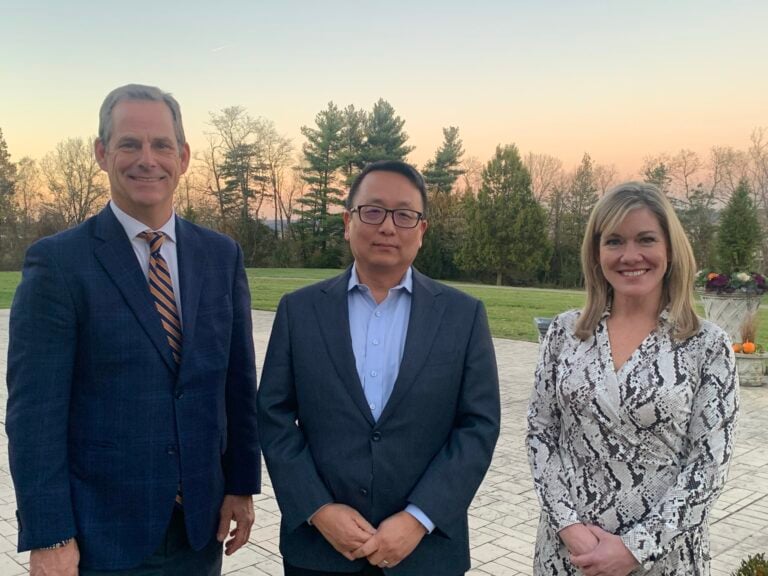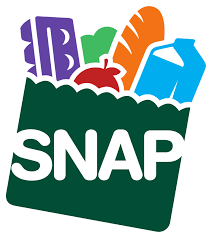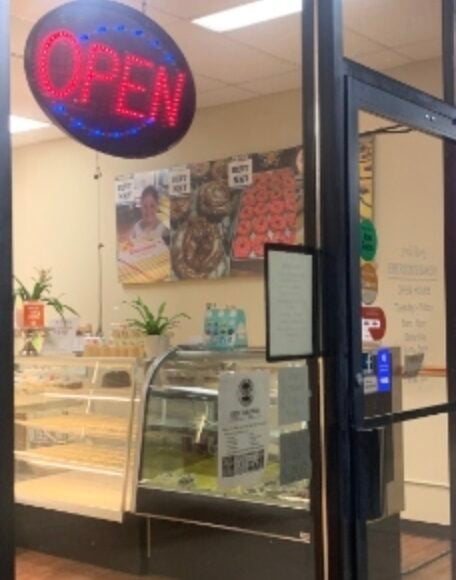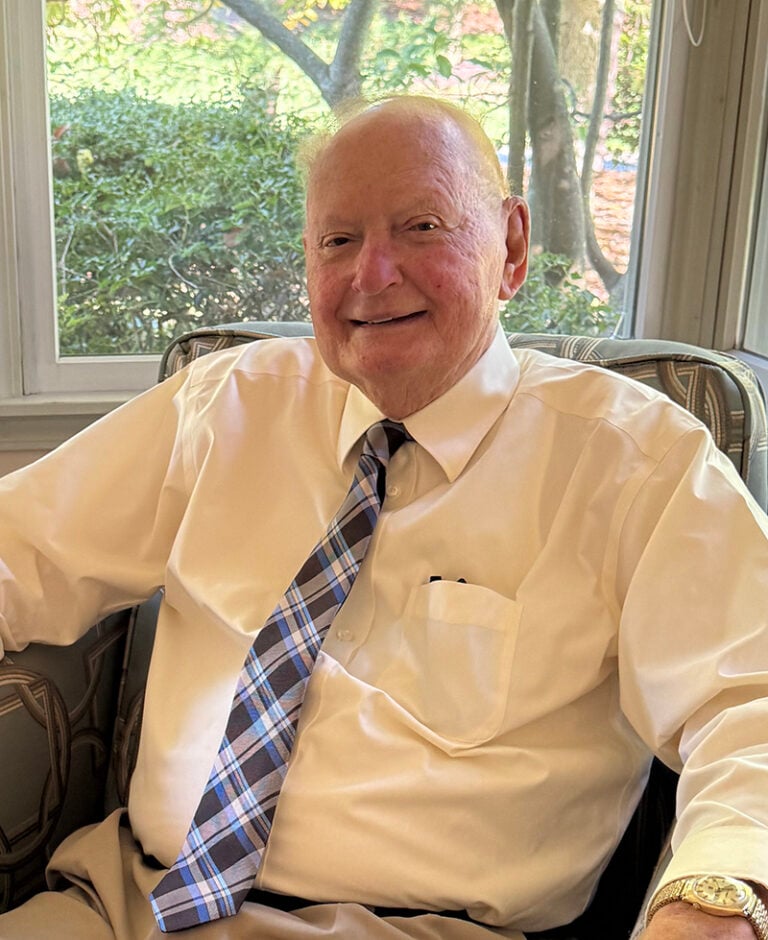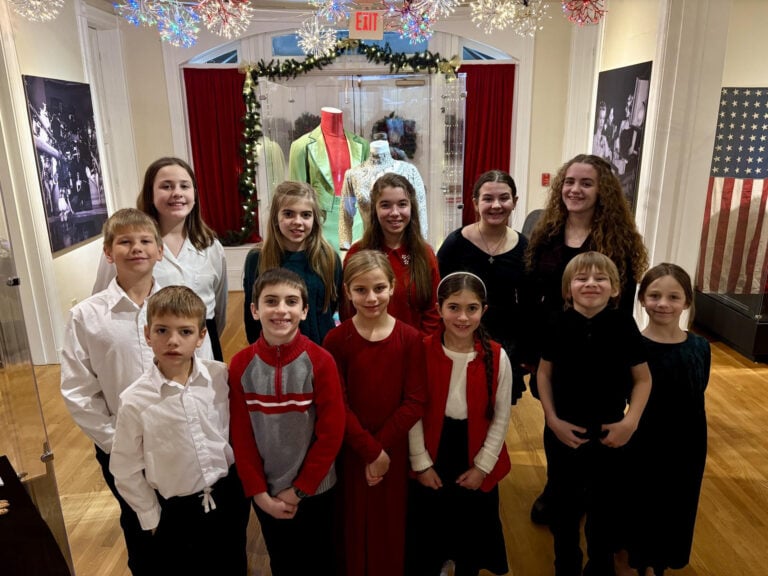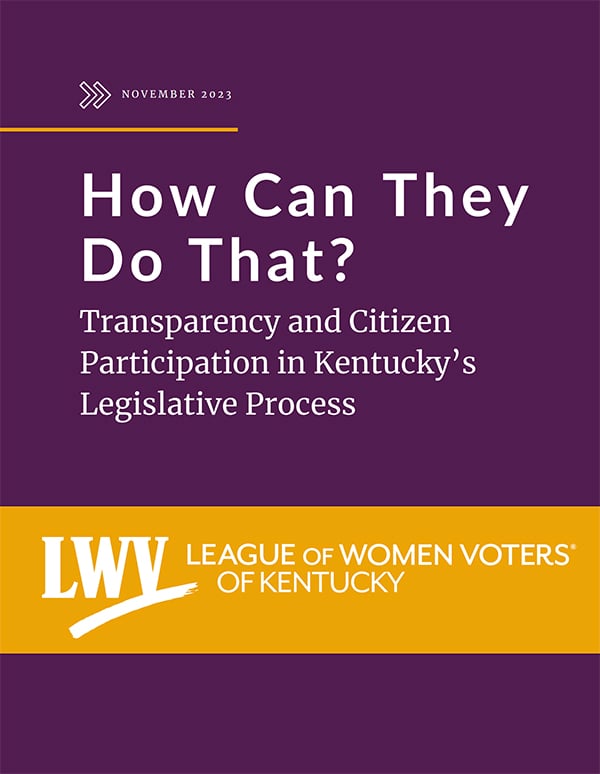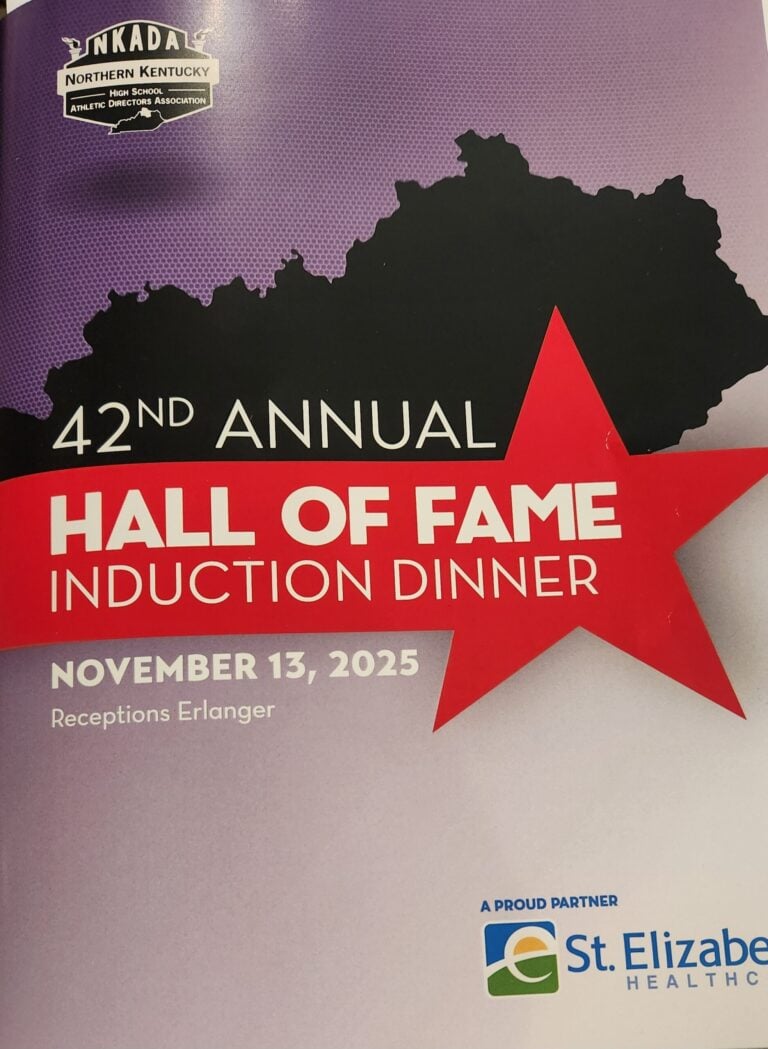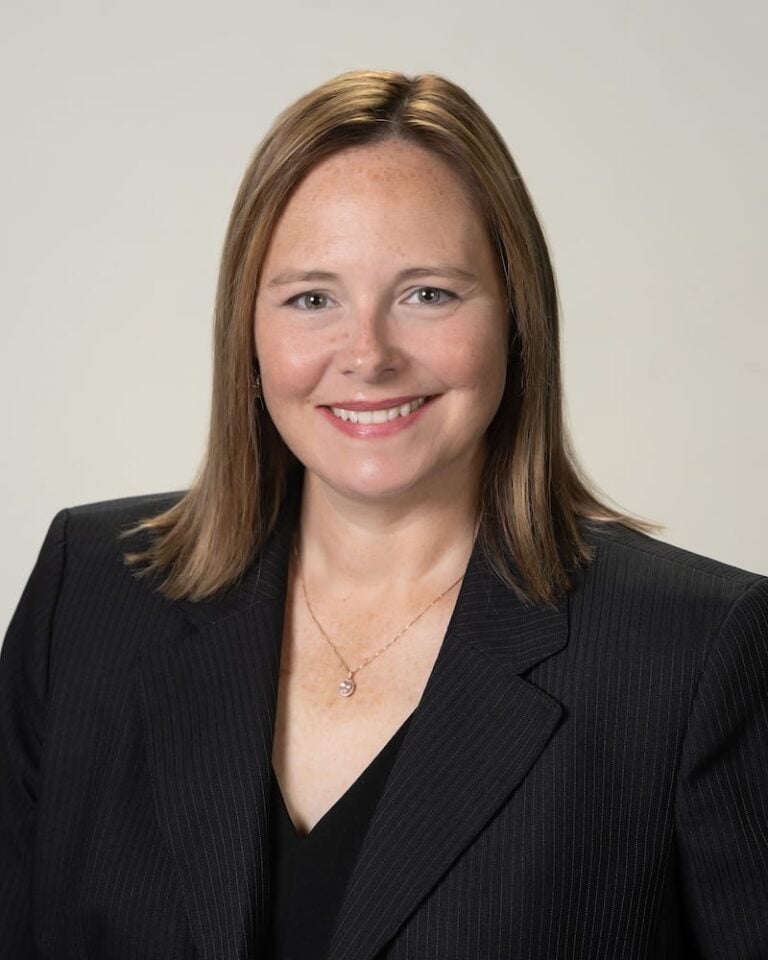Jeff Speck, city planner extraordinaire, specializes in downtowns. Reading his book, Walkable City: How Downtown Can Save America One Step at a Time, I found myself wishing he could visit Murray and help us hammer out a plan to leverage the assets already in place while finding ways to make the best use of empty and under-used spaces that detract from downtown’s vitality.
Speck’s theory sounds simple: A walkable city is better than a drivable one, and a walk down Main Street should be compelling and satisfying. Although he is a visionary, Speck is also a realist as he works with communities to apply his philosophy. He understands that tight budgets get in the way of making needed improvements, and suggests taking an approach he calls “urban triage.” Simply put, take one step at a time.
“A little bit of great downtown,” he claims, “can help push a whole city into the great category. This is the place to begin.”
At least seven Kentucky communities are following principles for downtown improvement that would earn Jeff Speck’s approval. Last year, the Kentucky Arts Council facilitated meetings in the eastern and southeastern regions of the commonwealth to devise ways to use arts, culture and creativity as tools to address community development, growth, tourism, workforce development, education, the economy and other important dimensions of livable places. The movement is called Creative Placemaking.
Carol Coletta of ArtPlace, which provides Creative Placemaking grants, puts it this way: “Creative placemaking isn’t just for cities. Rural arts projects demonstrate that smart investments in art, design and culture as part of a larger portfolio of revitalization strategies can change the trajectory of communities and increase economic opportunities for people.”
Currently, Kentucky’s placemaking leaders are creating new horizons in Covington, Harlan, Hazard, Lexington, Louisville, Vanceburg and Whitesburg. Projects vary, depending on local strengths and opportunities, but the underlying principle is that all places have the potential to nurture an enduring sense of place, and keeping artists and art at the center of planning, implementation and programming is key.
Last June, the executive director of the Kentucky Arts Council, Lori Meadows, listed some of the primary values reflected in Creative Placemaking in the publication, “Arts E-News,” including:
· Fostering community-based artist residency programs using artists as innovation consultants.
· Creating projects to mend divisiveness in the community.
· Conserving generational knowledge by having senior citizens and young people working together.
· Reinforcing tourism initiatives by creating a destination vibe.
· Branding a community by incorporating local art into existing infrastructure.
· Creating live-work spaces for artists.
· Creating spaces for education and workforce development efforts to put people to work.
In communities like Murray — rich with artistic talent and a strong sense of place — the time for innovation has arrived. Why not take a look at some creative possibilities to find ways to represent the distinct character and quality at the same time we make changes that contribute to livability?
For more information on the book, Walkable City, visit Amazon.com. An article about Creative Placemaking is available here. The National Endowment for the Arts and the Kresge Foundation provide Creative Placemaking grants to communities around the United States, and the Kentucky Arts Council is working with communities served by these grants.
Constance Alexander is a faculty scholar in the Teacher Quality Institute at Murray State University. She is also a freelance writer.
To read more from Constance Alexander, click here.











